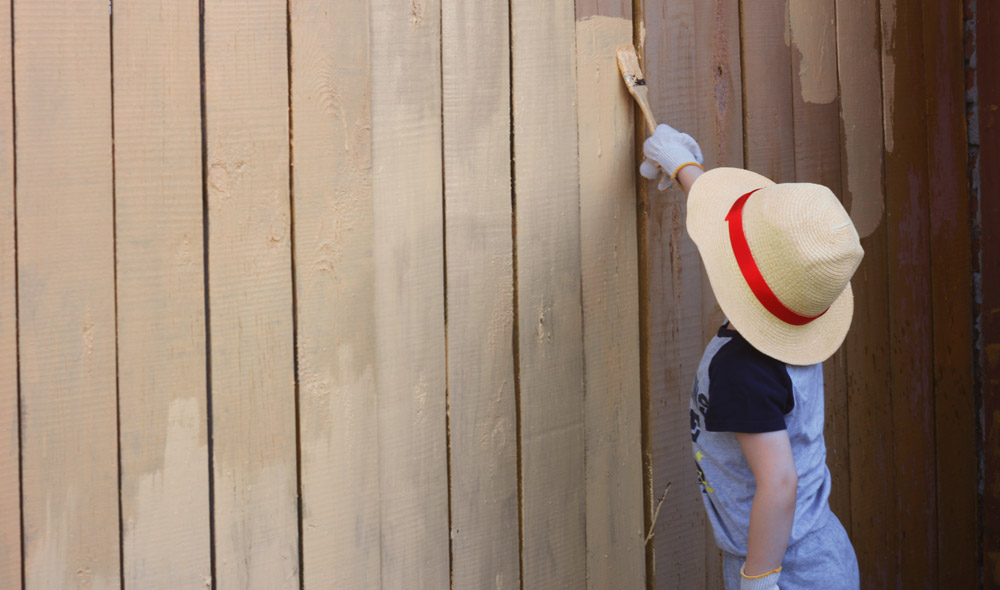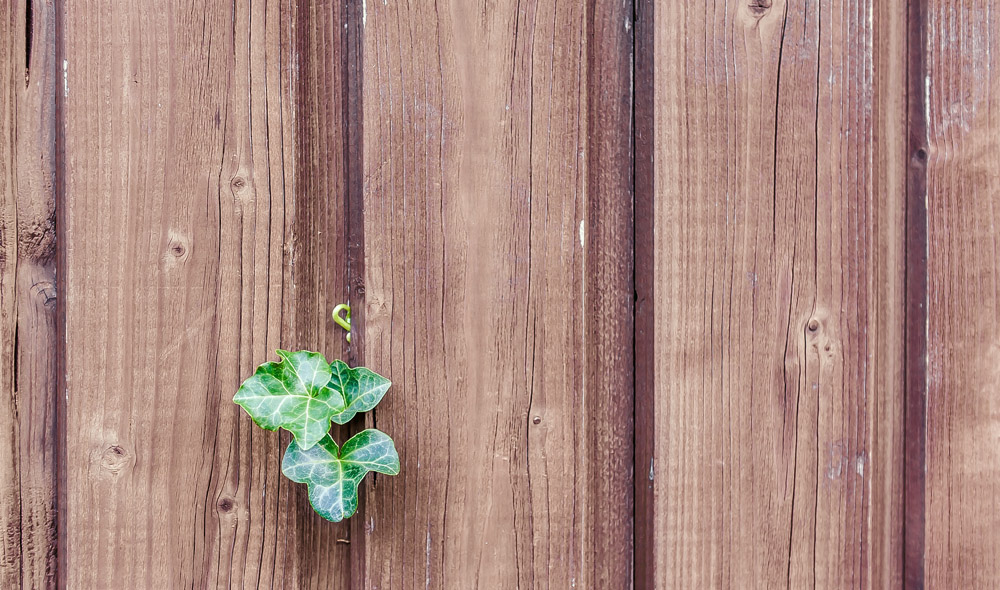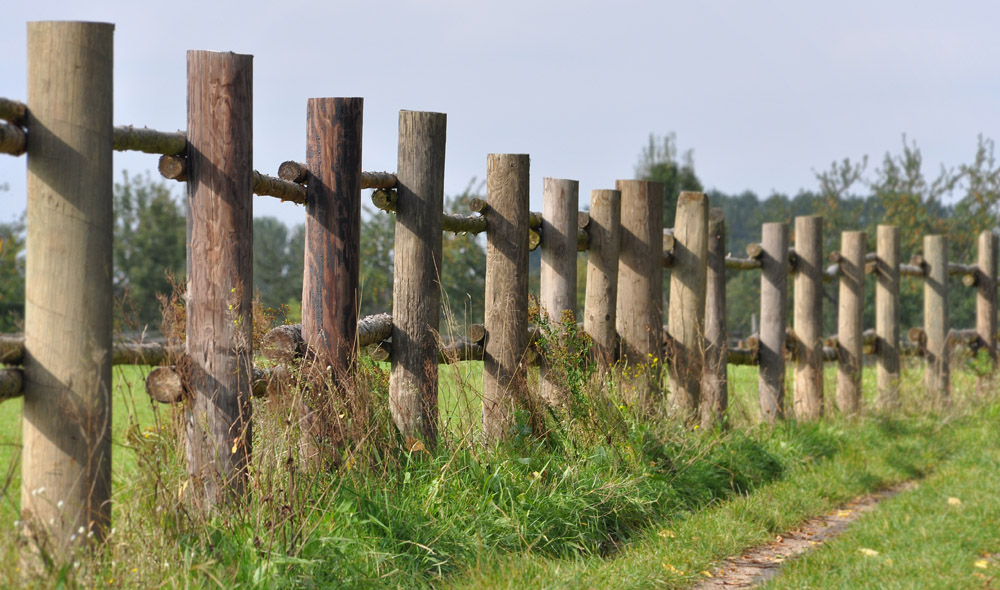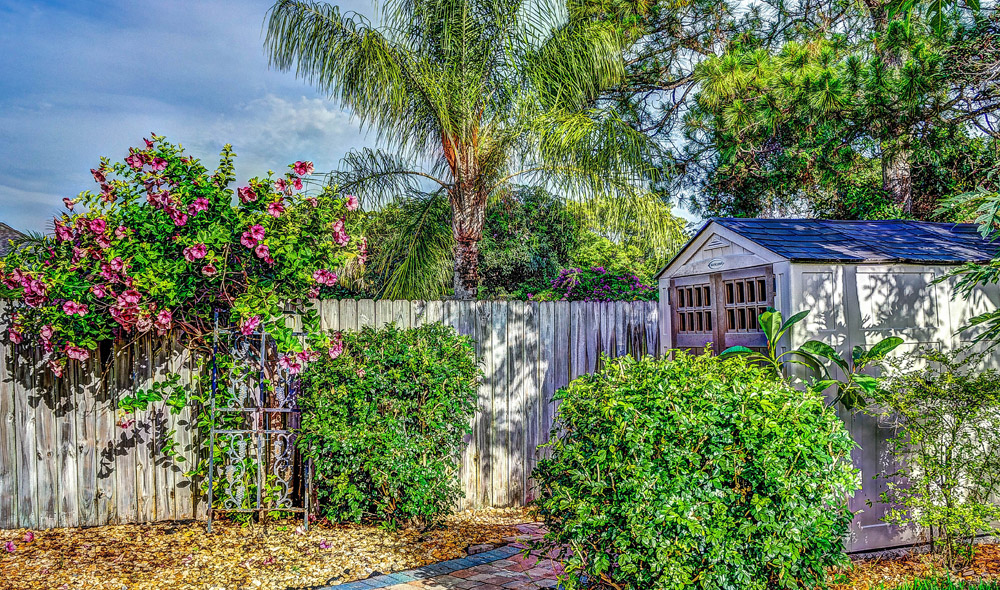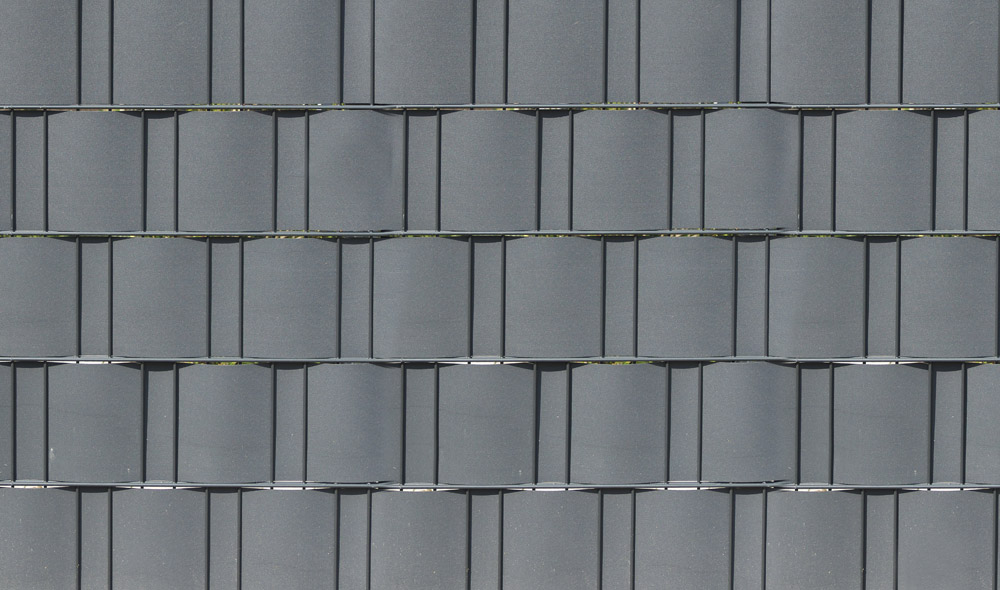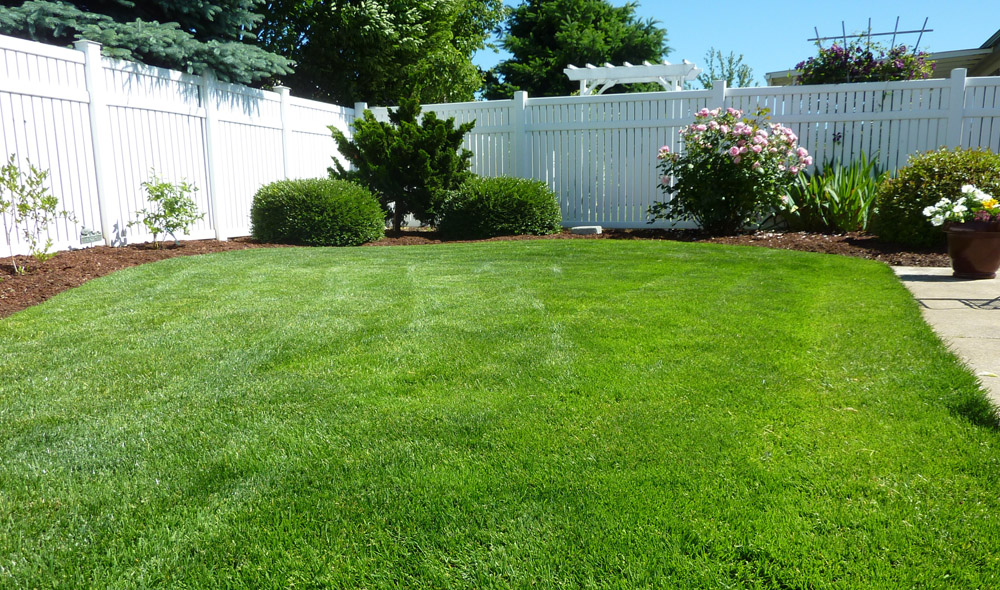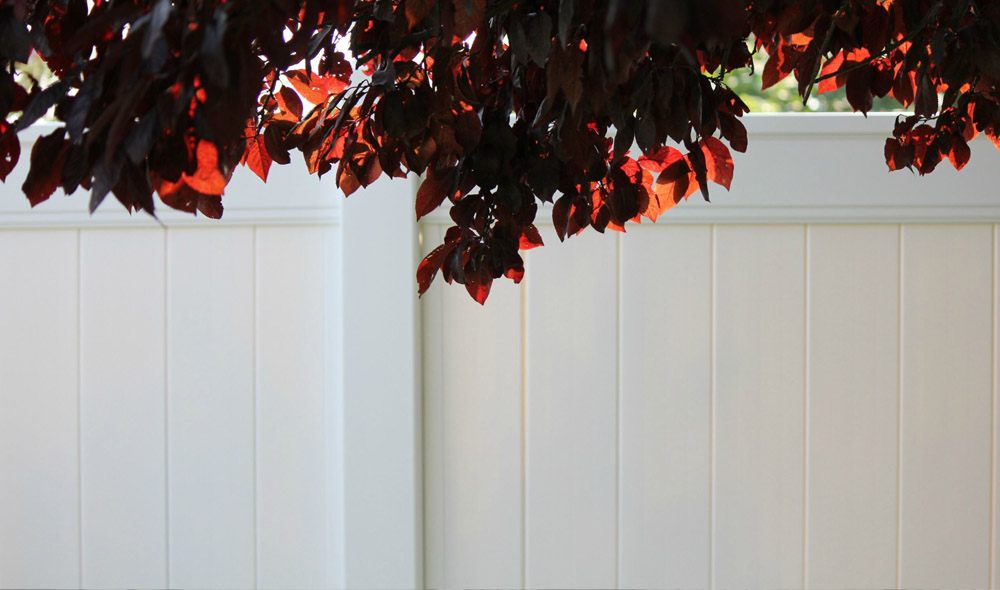Can You Spray Enamel on Painted Wood? Exploring the Possibilities
Enamel paint is known for its durability, smooth finish, and vibrant color options, making it a popular choice for various surfaces. But what if you have a painted wood surface and want to apply enamel paint? Can you spray enamel on painted wood? In this blog, we will explore the possibilities and considerations when it comes to spraying enamel paint on painted wood surfaces, providing you with the information you need to make an informed decision.
Understanding Enamel Paint
Enamel paint is a type of paint that dries to a hard and glossy finish, creating a durable and protective coating. It is typically oil-based or water-based and can be used on a variety of surfaces, including metal, ceramics, and wood. Enamel paint offers excellent adhesion, coverage, and resistance to wear, making it suitable for high-traffic areas or surfaces that require extra protection.
Considerations for Spraying Enamel on Painted Wood
- Surface Preparation
Before applying enamel paint to painted wood, proper surface preparation is crucial. Ensure that the existing paint is clean, dry, and free from dust, grease, or any contaminants. If the paint is in poor condition or peeling, it’s advisable to remove it completely before applying the enamel paint. Lightly sanding the surface can help create a better bond between the existing paint and the enamel. - Compatibility
Consider the compatibility of the existing paint and the enamel paint you plan to use. If the existing paint is water-based, ensure that the enamel paint is also water-based. If the existing paint is oil-based, use an enamel paint that is compatible with oil-based coatings. Using the same type of paint base helps ensure better adhesion and compatibility between the layers. - Test and Spot Check
Before spraying enamel paint over the entire painted wood surface, it’s wise to conduct a small test or spot check in an inconspicuous area. This allows you to assess the compatibility, adhesion, and overall appearance of the enamel paint on the existing painted surface. It’s important to note that the final result may vary depending on the type and condition of the existing paint. - Proper Application Technique
When spraying enamel paint on painted wood, it’s important to follow proper application techniques. Use a high-quality paint sprayer designed for the specific type of enamel paint you’re using. Ensure that the sprayer is properly cleaned and maintained to prevent clogs or uneven application. Apply thin, even coats, allowing sufficient drying time between each coat as per the manufacturer’s instructions. - Protective Measures
While spraying enamel paint on painted wood, take necessary precautions to protect surrounding areas from overspray. Cover nearby objects, furniture, and flooring with drop cloths or plastic sheets. Wear appropriate personal protective equipment, such as gloves and goggles, to protect yourself from any potential fumes or overspray.
Spraying enamel paint on painted wood is possible, provided the proper preparation, compatibility, and application techniques are followed. Ensure the existing paint is clean and in good condition, use compatible enamel paint, conduct spot tests, and apply the paint using a high-quality sprayer. While the results may vary depending on the type and condition of the existing paint, spraying enamel on painted wood can provide a durable and visually appealing finish. Remember to always refer to the specific instructions and recommendations provided by the manufacturer of the enamel paint for the best results.

